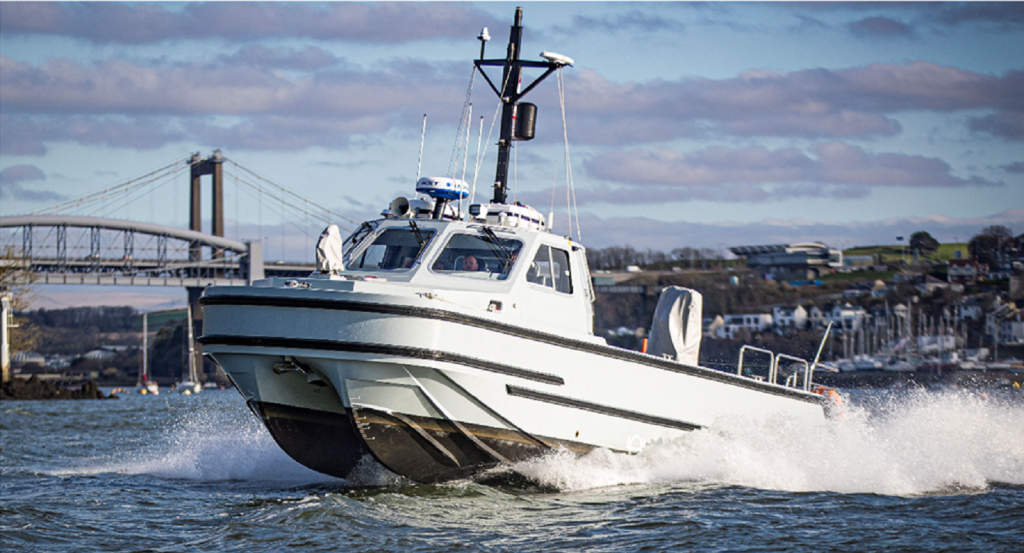The Vietnam Navy has commissioned the first of six Project 636M Varshavyanka-class diesel-electric submarines, HQ 182- Hanoi, during a ceremony held at Cam Ranh port in southern Vietnamese province of Khanh Hoa.
In December 2009, Russia signed $2bn contract with Vietnam for supply of six submarines to Vietnam to strengthen its ability to defend the country, reports RIA Novosti.
Under the contract, Russia will also provide training for the Vietnamese submarine crews, while deliveries of the submarines are scheduled to be complete by 2016.
Xinhua cites deputy defence minister and navy commander, Admiral Nguyen Van Hien as saying that the submarine’s crew should be aware of their political missions and targets.
Vietnam’s state-run news agency VNA quotes Captain Nguyen Van Quan as saying that the sailors will work hard to make effective use of the newly inducted submarine.
Capable of conducting anti-shipping and anti-submarine missions in shallow waters, the improved Kilo-class submarines feature stealth technology with extended combat range to strike targets on land, sea surface and underwater.
The Varshavyanka-class boats are integrated with advanced stealth technology to provide strike land, surface and underwater targets at extended combat ranges.
Equipped with 533mm torpedo tubes, the boats are also armed with torpedoes, mines and Kalibr 3M54 cruise missiles to support anti-shipping and anti-submarine missions in shallow waters.
The 3,100t submarines are capable of accommodating a crew of 52 and are currently under construction at the Admiralteiskie Verfi shipyard in St. Petersburg, Russia.
Capable of cruising at a speed of 20k, the submarines can also conduct missions such as coastal defence, mine laying, general reconnaissance and patrol operations, according to USNI News.
Designed by Russian-based Rubin Central Maritime Design Bureau and originally built at the Komsomolsk shipyard, the Russian Kilo-class submarines first entered into service in the early 1980s.








